Turbocharger is an important part used to increase the engine power and reduce exhaust emissions. It is prone to failure and cause the engine not working properly due to the improper use and maintenance. This article introduces some common faults of turbochargers and how to deal with them.

Leaking Oil
This is the most common problem when using a turbocharger. There are 3 situations when you may face:
Situation 1 Large oil consumption, but with the normal exhaust smoke color and the power is not dropping
Cause: Usually oil leakage
Treatment:
1. First, check whether the external oil pipes of the engine lubrication system (including the turbocharger inlet and oil return pipes) leak oil;
2. Check if there is oil in the turbocharger’s exhaust outlet. If there is, then the sealing ring at one end of the turbine is damaged and need to be replaced.
Situation 2 Large oil consumption with blue exhaust smoke, but the power is not dropping
Cause: Due to the oil leakage at the end of the turbocharger, the oil enters the combustion chamber through the engine intake pipe and is burned. There are the following possibilities:
1. The oil return pipe of the turbocharger is obstructed, and the oil accumulates too much at the intermediate support of the rotor assembly, and flows into the compressor impeller along the rotor shaft.
2. The sealing ring or oil throwing ring close to the compressor impeller is damaged, and oil enters the impeller chamber from this, then enters the combustion chamber through the inlet pipe together with the pressurized air in the chamber.
Treatment:
1. Open the air outlet of the compressor or the engine intake straight pipe (rubber hose) to see if the oil is adhered to the nozzle and pipe wall. If so, please check whether the oil return pipe of the turbocharger is unobstructed. If it is obstructed, then the cause is excessive oil accumulation at the intermediate support. The oil return pipe should be dredged and installed.
2. If it is unobstructed, the cause is the damage of the sealing ring or the oil throwing ring close to the impeller, and the turbocharger should be disassembled for repair.

Situation 3 Large oil consumption with blue or black exhaust smoke, and the power is dropping
Cause:
1. The gap between the piston and the cylinder wears too much, and the oil escapes into the combustion chamber and get burned.
2. When the air is sucked in by the turbocharger, the air flow encounters a large resistance (For example, the air filter is blocked, or the intake hose is sucked and deformed or flattened, etc.). The pressure at the air inlet of the compressor is low, causing the oil to leak into the compressor and enter the combustion chamber together with the compressed air.
Treatment:
1. Check if there is oil in the wall of the intake straight hose and whether it is flattened; or if the air filter element is blocked.
2. If there is oil in the nozzle and the pipe wall, the air filter should be cleaned or replaced.
A Metal Friction Sound
The exhaust emits black smoke, engine power drops, and the turbocharger has abnormal noise.
Cause:
1. If there is metal friction sound, it’s caused by excessive wear of the turbocharger rotor bearing or thrust bearing, and the friction between the impeller and the turbocharger shell.
2. If there is the sound of airflow, it’s the high-speed rotation of the turbocharger rotor generating the sound; or caused by the air leakage at the inlet and exhaust interfaces due to poor connection.
Treatment:
1.Replacing damaged spare parts according to the wear and tear.
2.The second cause should be carefully distinguished and targeted solutions

Bearing Damage
Engine power is dropping, high oil consumption and black smoke. In serious cases, the turbocharger cannot work.
Cause:
1. Insufficient oil pressure and flow. Includes the following:
a. Insufficient supply of lubricating oil for the turbocharger journal and thrust bearing;
b. Insufficient lubricating oil to keep the rotor journal and bearing floating;
c. The turbocharger has been running at high speed, and the lubricating oil has not been supplied in time.
2. Debris or sediment enters the lubrication system.
3. Oxidative deterioration of oil. Includes the following:
a. The diesel oil is overheated, and there is too much gas passing between the piston and the cylinder wall;
b. Cooling water leaks into the oil;
c. Improper selection of oil and failure to change oil regularly as required.
Treatment:
1. Check whether the lubricating oil pressure is normal and whether the oil quantity meets the requirements.
2. Regularly replace the lubricating oil as required, and ensure that the lubricating oil is clean.
3. Strictly follow the regulations when using lubricating oil. Do not mix them.
4. The engine should be avoided to work at high temperature.
Looking for a reliable turbocharger supplier? We’re here at your service. Please contact me to get further information on the supplement of a wide range of turbochargers.
Ester Yin
Whatsapp +8619872070626
Wechat: songlin 19872070626
Email: foton@chinasonglin.cn
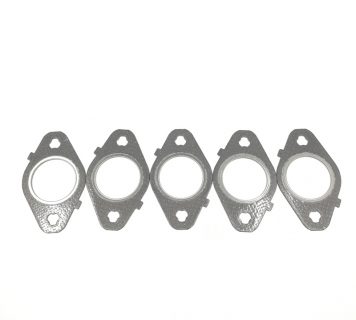
Turbocharger Exhaust Manifold Gasket 2830444
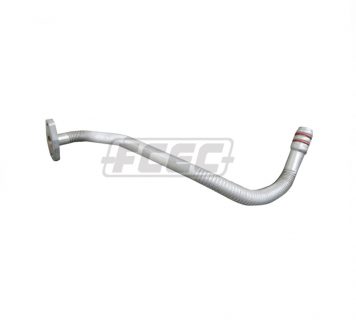
turbocharger return pipe 3287573/4992206
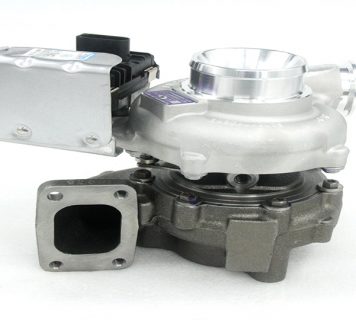
Original New High-quality Genuine Aftermarket ISF2.8 Engine Parts Turbocharger 5370734 5343015 17459980001
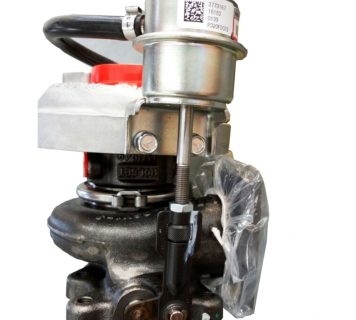
Original New HE211W ISF2.8 Diesel Engine Parts Turbocharger 2842804 2836258 3774227
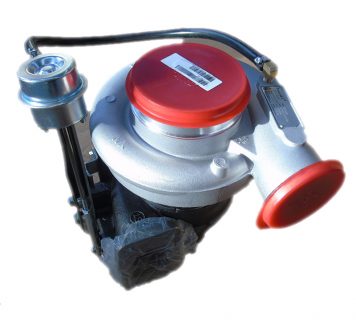
turbocharger 4043280/4043284/4955906
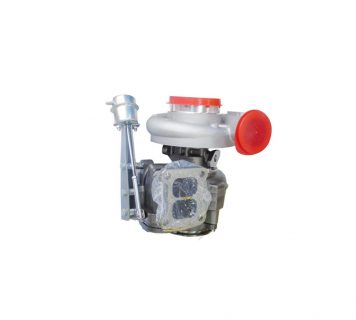
turbocharger 4089274/3597311